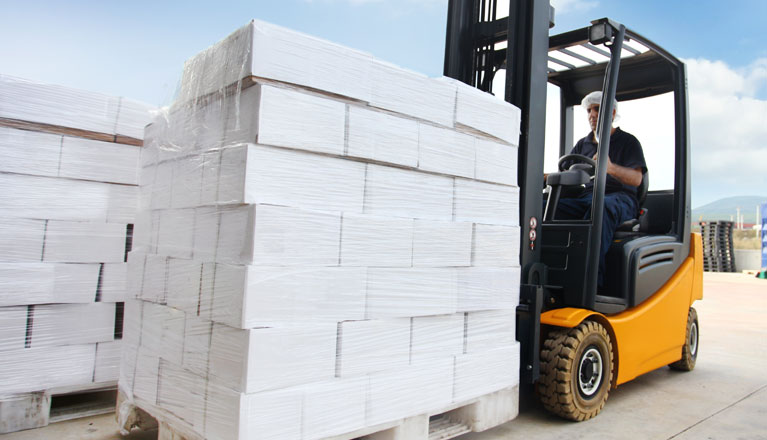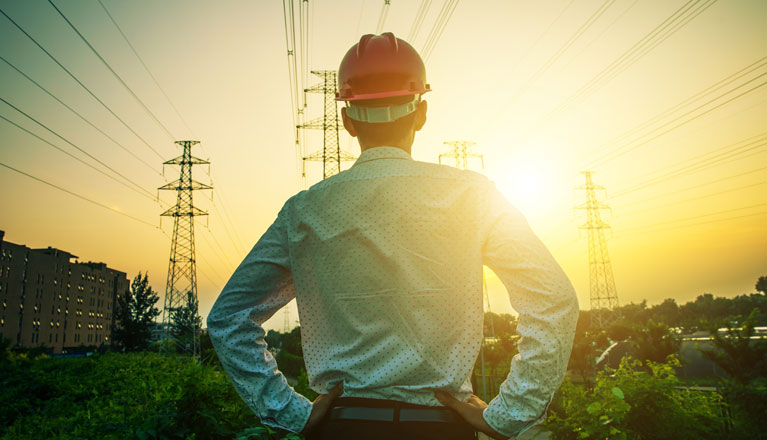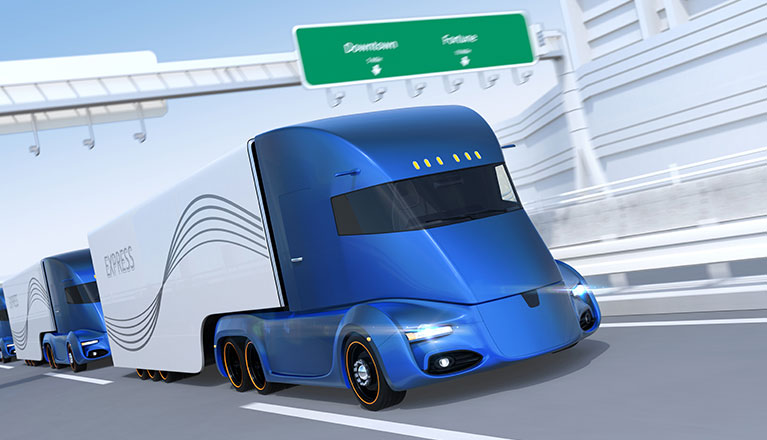There’s been fast turnaround in the lift truck (a.k.a. forklift) industry. Electric is in; fossil-fuels are out. Today, 65 percent of all forklifts, forklifts and other material handling vehicles sold annually are electric. One of the most powerful reasons for that growth is that electric forklifts have grown up, thanks to the improvements in battery technology among others, and are hard at work in the great outdoors.
Just 10 years ago, you’d never think of using an electric forklift outside. Compact and highly maneuverable, they were designed to keep work moving from dock to dock. Although short on power and strength, electric trucks were essential indoors because they were emissions-free: exhaust fumes and fuel leaks aren’t allowed indoors.
But electric forklifts were not designed to take on big jobs outside. For those, you needed powerful, hard-nosed, fossil-fuel-powered forklifts, built to take on the heaviest loads on rough surfaces and harsh conditions. Electric forklifts didn’t have nearly enough power for the job. Their lead-acid batteries only lasted about five hours before you had to swap them out for fresh batteries, and the batteries couldn’t produce the power density needed to carry the load: 3,000 pounds was asking a lot. So electric trucks remained small, agile and clean — and inside.
But with the introduction of lithium-ion batteries, the power equation changed completely. With the new battery technology, manufacturers could build forklifts with 80 or 120 volt, three-phase, AC-powered motors, providing more torque, rapid lifting, driving speeds of 12 MPH — and counterbalanced lift capacities ranging from 11,000 to 40,000 pounds or more. In short, all the power of Class V gas trucks, but without the gas. The new battery systems also generate much more power for much longer periods. Today, most electric forklifts can work a full shift — or even two shifts — on a single charge.
Most of the major forklift manufacturers had everything they needed to build heavy-duty electric trucks for outdoor work: cushion or pneumatic tires; tough steel frames with weatherized bodies; sealed components and engine compartments; enclosed driver cabins; and electronic controls for operation on inclines or rough terrain. These heavy-duty electric forklifts now lead the way in the growth of electric forklift sales, outselling equivalent IC forklifts by 19 percent. But if both types of forklifts can handle the same loads and conditions, why are electric forklifts outselling IC ones? Because they have one more major advantage: much lower operating costs.
But that’s the subject of another blog.





